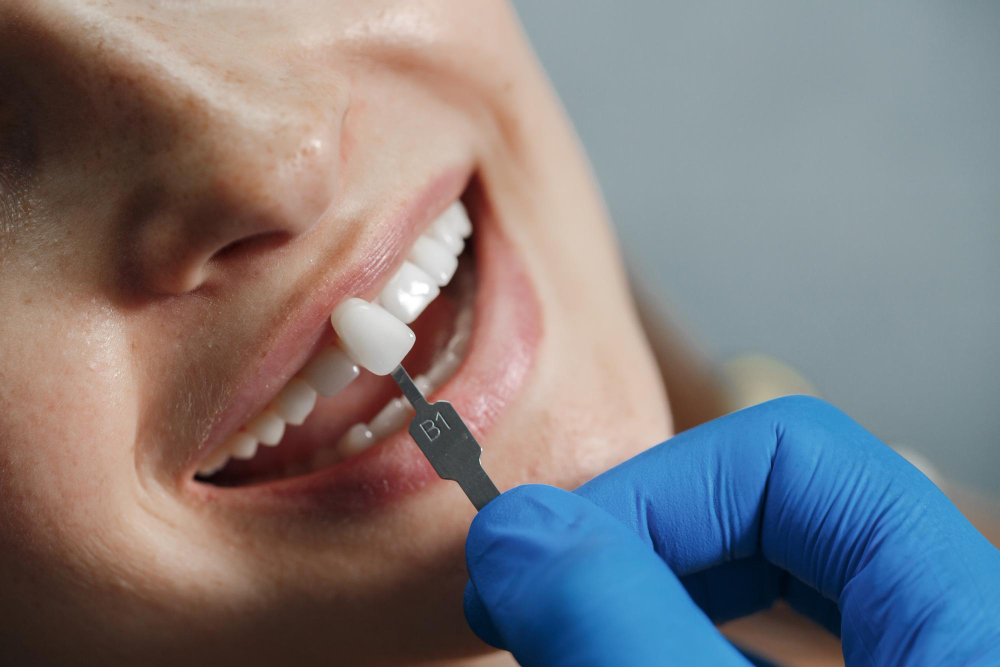
Our smile is
one of the first things people notice about us. But when a tooth gets damaged,
weakened, or simply doesn’t look the way we want, it can affect both our
confidence and our oral health. That’s where dental crowns come into
play — a reliable and long-lasting solution used in modern dentistry.
What Exactly Is a Dental Crown?
A dental
crown is a custom-made "cap" that completely covers a damaged or
weakened tooth. Its main purpose is to restore the tooth’s shape, size,
strength, and appearance. Crowns are crafted from materials such as porcelain,
zirconia, metal, or a combination of these.
Once bonded
into place, a crown looks and functions just like a natural tooth — and often
better in terms of strength and durability.
When Is a Dental Crown Needed?
Dental
crowns may be recommended for several reasons:
- To repair a broken or severely
decayed tooth: When a
filling isn’t enough to restore the tooth, a crown adds strength and
protection.
- After root canal treatment: Teeth that have undergone root
canal therapy become fragile and need reinforcement.
- To cover worn down teeth: Habits like teeth grinding can
cause serious wear; crowns restore proper height and function.
- For cosmetic improvement: If a tooth is discolored,
misshapen, or poorly aligned, a crown can give it a whole new look.
- To finish a dental implant: Crowns are placed over
implants to complete the artificial tooth replacement.
Types of Dental Crowns
Different
crown materials serve different needs. Your dentist will help you choose the
best type for your case:
- Porcelain crowns: Highly aesthetic and ideal for
front teeth due to their natural appearance.
- Zirconia crowns: Very strong and biocompatible;
great for both aesthetics and durability.
- Porcelain-fused-to-metal (PFM): A metal base with a porcelain
exterior — strong and functional for molars.
- Full metal crowns: Typically used in back teeth
where strength matters most, though less aesthetic.
The Crown Procedure: What to Expect
- Examination & Preparation: The dentist evaluates the
tooth and reshapes it to fit the crown.
- Impressions: A mold is taken (or a digital
scan) for the crown to be made in a lab.
- Temporary Crown: While waiting, a temporary
crown protects the tooth.
- Permanent Crown Placement: Once ready, the final crown is
fitted, adjusted, and cemented in place.
Benefits of Getting a Crown
- Restores chewing function and
prevents further damage
- Provides a natural, attractive
appearance
- Strengthens and supports
weakened teeth
- Can last 10–15 years or longer
with proper care
Aftercare Tips
- Avoid biting hard objects like
ice or pens
- Brush and floss daily, just
like natural teeth
- Visit your dentist for regular
cleanings and check-ups
- If you grind your teeth at
night, consider a night guard
